Birdwatching in North
Description
With different types of geography and climate all over the country, Iran is a paradise for nature lovers. The variety of natural habitats has created a great condition for a high diversity of birds. Therefore, it is a perfect place for you to come, watch, and admire some of the most beautiful birds in the country. If you are wondering where are the best places across Iran to watch birds, we prepared a tour for you to fulfill your desire. We invite you to bring your camera and binoculars, so we can share our knowledge and passion with you on these birding tours.
| Duration | 7 days |
| Destinations | Tehran, Kelardasht, Tabriz, Mian Kaleh, Behshahr, Turan National Park, Delbar, Shahrud |
| Price |
Gallery
Itinerary
1
Day 1: Arrival in Tehran, Kelardasht
Your tour starts by your arrival to IKIA. We immediately start the tour by heading to the northern part of Iran, the village of Kelardasht. While on the road, we will encounter some of the commoner birds of northern Iran, such as Common Kestrel, Common Swift, European Bee-eater, European Roller, Eurasian Hoopoe, White Wagtail, Cetti’s Warbler, Eurasian Magpie, Rook, and Carrion Crow.
2
Day 2: Tabriz
Our day starts early in the morning to go on an excursion around the district. We will watch different species including Eurasian Sparrowhawk, Common Buzzard, Common Pheasant (here in its native home), Common Cuckoo, European Green and Great Spotted Woodpeckers, Wood Lark, European Robin, Common Stonechat, Common Redstart, Common Blackbird, Mistle Thrush, Common Whitethroat, Blackcap, Common Chiffchaff, Spotted Flycatcher, Long-tailed, Coal and Blue Tits, Eurasian Nuthatch, Eurasian Jay, Common Chaffinch, European Goldfinch, and Common Linnet. Other common European birds that we are likely to encounter in this area include European Honey Buzzard, Eurasian Hobby, Common Quail, Red-backed Shrike, Common Rosefinch, Black-headed and Corn Buntings, and perhaps European Scops Owl.
3
Day 3: Kelardasht, Mian Kaleh, Behshahr
Today we head eastwards to Mian Kaleh Peninsula to watch birds at the edge of the Caspian Sea where the restricted-range Black-headed Penduline Tit can usually be found, along with Little Grebe, Little Bittern, Western Marsh Harrier, Common Moorhen, Common Kingfisher, and Moustached, Eurasian (or European) Reed, and Great Reed Warblers.
Other species we may well find in the Caspian Sea lowlands include Black-necked and Great Crested Grebes, Great Cormorant, Squacco Heron, Grey Heron, Eurasian Wigeon, Gadwall, Eurasian Teal, Mallard, Northern Shoveler, Eurasian Coot, Black-winged Stilt, and Pied Avocet. Migrant shorebirds should be present in good numbers, along with Whiskered and White-winged Terns.
We will cross the southern edge of the Turkoman Steppes, the vast rolling plains to the east of the Caspian Sea, where we will be on the lookout for Lesser Kestrel, Calandra and Lesser Short-toed Larks, Isabelline Wheatear, Rosy Starling (sometimes in large swirling flocks), Eurasian Tree Sparrow and the handsome Red-headed Bunting (here at the western extremity of its range).
Later at night we will head to Behshar, and overnight there.
4
Day 4: Behshahr, Turan National Park, Delbar
Today we start by traveling to Touran National Park, lies at the northeastern edge of the great Dasht-e-Kavir desert, about 150km southeast of Shahrud. Our primary target will be the highly localized Pleske’s Ground Jay, not only a member of a uniquely Central Asian group of aberrant corvids, but also a species endemic to the eastern deserts of Iran.
We will also be looking for a number of other bird’s including Egyptian Vulture, Cream-coloured Courser, Black-bellied Sandgrouse, Bar-tailed Lark, Desert and Variable Wheatears, Asian Desert Warbler, the enigmatic Pale Rockfinch (or Pale Rock Sparrow), and Desert, and Trumpeter Finches.
5
Day 5: Delbar, Shahrud
Today we will continue as the previous day to watch as much as birds possible at the area. Will overnight in Shahrud.
6
Day 6: Shahrud, Tehran
Today we will drive westwards along the northern edge of the Dasht-e-Kavir to Tehran for an overnight stay.
When arrived to Tehran, you will have a few hours to go around the city.
7
Day 7: Tehran, IKIA
Today the tours end, and you should pack to go to the IKIA and have a flight back home.
Inclusion
Inclusion
- Visa application services
- Accommodation and breakfast in hotels
- Transfers and Transportation
- Tour guide
- Travel insurance coverage
Exclusion
- Visa stamp fee
- Meals
- Hotel extra charges
- International flights
- Tips and personal expenses
Note
- SPECIAL EXPERIENCE
– Experiencing local dishes from northern part of the country
– Watching numerous birds in the area
– Have a chance to watch Delbar - Best time to visit: April to May
- These prices are per person in double rooms.
- Based on hotel regulations in Iran, 12 A.M. is the check-in time and 2:00 P.M is the check-out time.
- Starting time of every tour is 9 A.M. but based on the itinerary if any changes happen in the plan, your tour guide will inform you the night before.


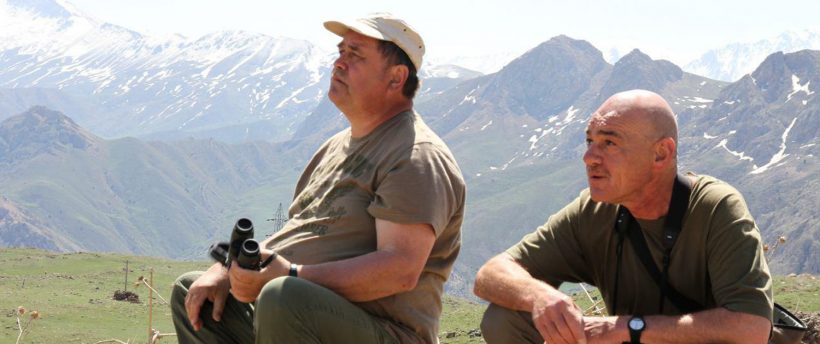






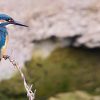
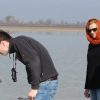
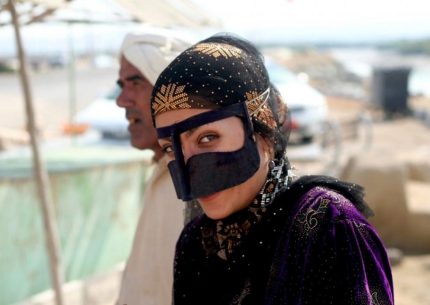

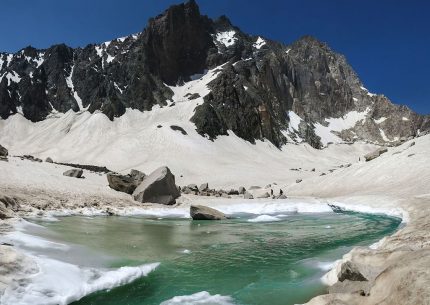
Reviews
There are no reviews yet.